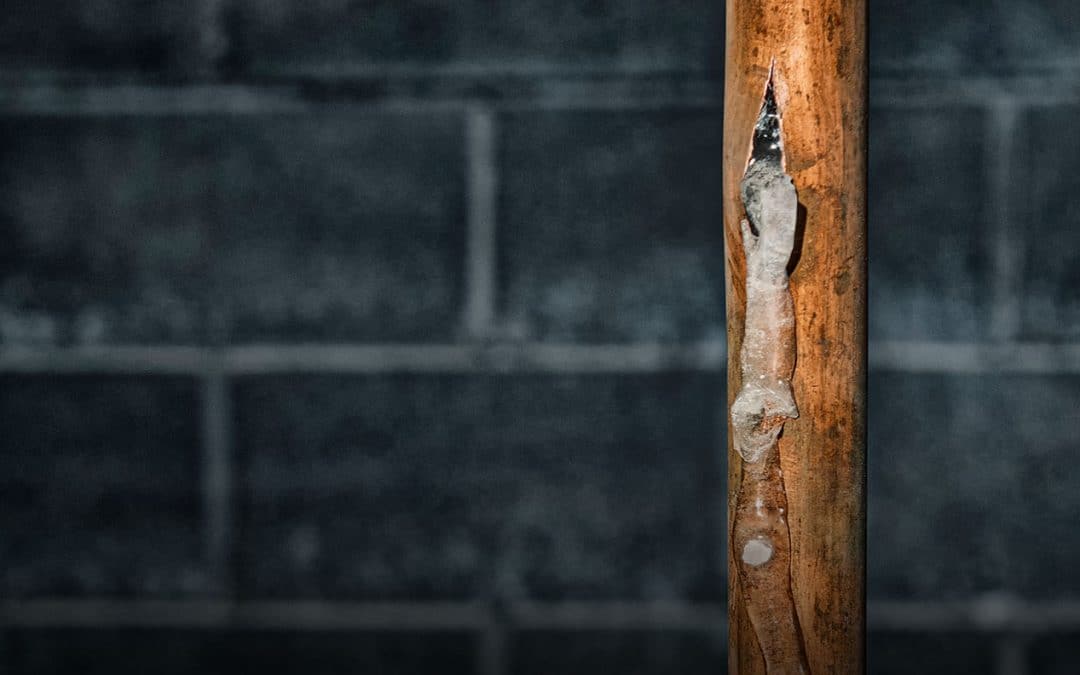If you live in an area of the United States prone to cold weather and tend to get winter storms, you are most likely used to snow, ice, sleet, freezing rain, and flooding. You may have also had to deal with nor’easters and blizzards on occasion.
According to the Insurance Information Institute, winter storms caused nearly $6 billion in insured losses in 2022.
If not adequately prepared, winter weather events can cause significant damage to your property and your vehicle and also endanger you and your family.
Before a winter storm, make sure your home and vehicles have all the supplies you might need. Among items the National Weather Service suggests are:
- Flashlight with extra batteries
- Battery-powered or portable radio to receive emergency information
- Water and foods that don’t require cooking or refrigeration
- Extra prescription medicine
- Baby items such as diapers and formula
- Extra pet food and supplies
- First-aid supplies
In addition to supplies, ensure that your fire extinguishers, smoke alarms, and carbon monoxide detectors are in working order. It would help if you also made sure electronic devices like cell phones, tablets and laptops are charged.
It’s also a good idea to ensure you have enough heating fuel ahead of a storm, as carriers may be unable to get to you after a storm.
If you plan to use a generator during a power outage, review the safety instructions and do not use a generator in an enclosed space.
Should a power outage occur, the American Red Cross recommends the following safety tips:
- Do not eat any previously refrigerated food that has warmed to 40 degrees or higher
- Stay at least 35 feet away from fallen power lines and anything they are touching
- Don’t go into flooded areas or use any electrical equipment or electronics that may have been submerged
If you must to drive in a storm, first and foremost, MAPFRE Insurance wants you to be safe. Before venturing out, some of the essential items you should have inside your car include:
- Cellphone and charger
- Flashlight with extra batteries
- First-aid kit
- Extra clothing to keep dry
- Blankets
- Shovel
- Windshield scraper and brush
- Booster cables
- Sand or cat litter for traction
- Water and non-perishable snacks
- Compass and road maps (in case mobile devices lose battery)
Before a storm occurs, it’s a good idea to ensure you understand your homeowner’s insurance policy and have the proper coverage if you need to repair, rebuild or replace anything. Some things the Federal Emergency Management Agency (FEMA) suggests you can do before a potential disaster are:
- Inventory items in your home or business (Take pictures and write down descriptions and model numbers of items)
- Keep vital records in a safe place
- Store insurance policy nearby
Should your home or car suffer damage during a storm, first take an assessment and document the damage with notes and pictures. Claims can also be made online or by contacting your independent agent. For limited damage to your home, your first step should be to contact us to begin a claim. They may recommend that you use MAPFRE’s ePICS® for Home Program, which allows you to take photos and submit them online. In many cases, this eliminates waiting for an appraiser to inspect the damaged vehicle.
For damage to your car, we may recommend submitting photos of your auto damage by using the ePics for Auto Program.
Make sure you check with your independent agent to ensure you have the right type of coverage on your property insurance before a storm occurs. Your agent can review your policy with you to see how much coverage you have, your deductibles, and how potential claims would be paid. And if you’re not insured with MAPFRE yet, get a fast, free quote today!



